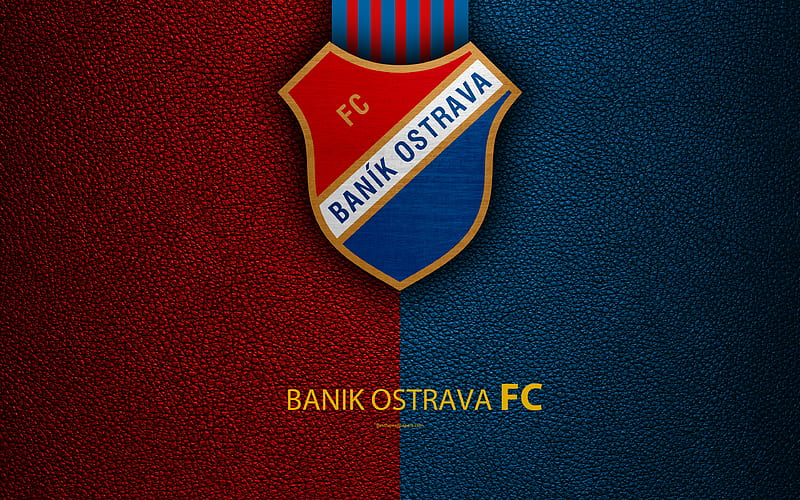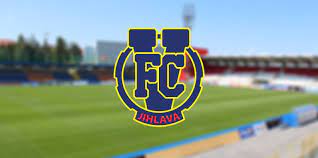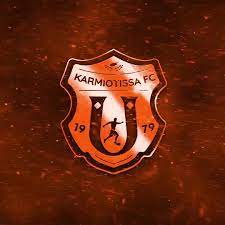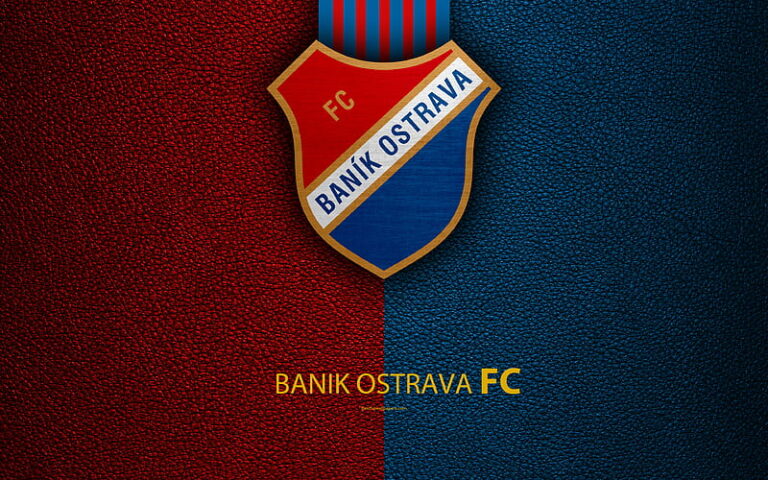
Banik Ostrava FC
Banik Ostrava FC stands as one of the most historic and influential football clubs in the Czech Republic. Established over a century ago, Banik Ostrava FC has built a legacy rooted in resilience, community support, and competitive excellence. The club’s journey through various leagues, its passionate fan base, and its contributions to Czech football make it a compelling subject for enthusiasts and analysts alike. In this comprehensive article, we explore Banik Ostrava FC’s rich history, their strategic evolution, key players, and future prospects within the vibrant landscape of European football Bet88.
Historical Background and Foundation of Banik Ostrava FC
Understanding the origins of Banik Ostrava FC offers insight into its enduring spirit and community significance. Founded in the early 20th century, the club’s historical context reflects broader socio-economic changes in the region. This section delves into the club’s founding principles, early years, and pivotal moments that defined its trajectory.
Origins and Early Years
The roots of Banik Ostrava FC trace back to the industrial boom in Ostrava, a city known historically for coal mining and heavy industry. As local communities formed clubs to foster camaraderie and sporting excellence, Banik Ostrava emerged from collective efforts by workers and sports enthusiasts. The club was officially established in 1922 under a different name, initially serving as a social and athletic outlet for the local population.
During its formative years, Banik Ostrava faced numerous challenges—including limited resources, wartime disruptions, and regional competitions. Despite these obstacles, the club rapidly gained recognition for its resilient playing style and strong community ties. Early matches drew large local crowds, and the club’s identity was intertwined with Ostrava’s industrial character.
Major Milestones and Development
Over decades, Banik Ostrava experienced significant milestones—winning regional championships, establishing rivalries, and developing its youth academy. The post-World War II era marked a turning point, with the club joining national leagues and gradually climbing the ranks of Czech football.
In the 1970s and 1980s, Banik Ostrava achieved notable success, including domestic cups and league finishes that placed them among the top teams nationally. During this period, the club also invested in infrastructural improvements, such as modernizing their stadium and training facilities. These developments laid the groundwork for future growth and sustained competitiveness.
Political and Socio-economic Impact
The political transformations following the fall of communism in Eastern Europe had profound effects on Banik Ostrava FC. Transitioning from state-supported structures to privatization presented both challenges and opportunities. The club’s management adapted by restructuring financial operations, fostering commercial partnerships, and emphasizing talent development.



